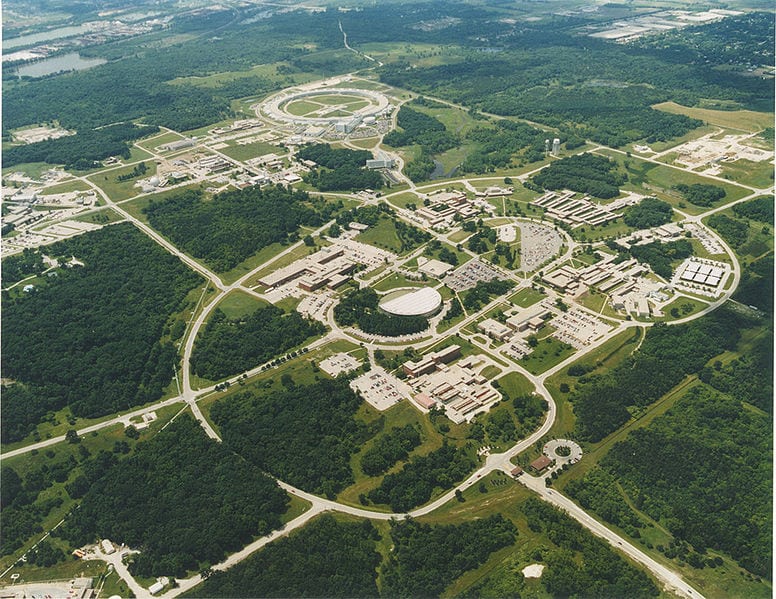
Scientists at the Department of Energy’s Argonne National Laboratory and the University of Illinois at Chicago have developed a process to capture carbon dioxide and transform it into carbon monoxide using sunlight. The resulting carbon monoxide can be converted into fuels much easier that carbon dioxide, which is not particularly chemically reactive, according to an Argonne press release. “Making fuel from carbon monoxide means travelling ‘downhill’ energetically, while trying to create it directly from carbon dioxide means needing to go ‘uphill,'” said Argonne physicist Peter Zapol, an author of the study.
The three-step process takes place in a “artificial leaf” created by the scientists. “In the first step, incoming photons — packets of light — are converted to pairs of negatively-charged electrons and corresponding positively charged “holes” that then separate from each other. In the second step, the holes react with water molecules, creating protons and oxygen molecules,” the release explains. “Finally, the protons, electrons and carbon dioxide all react together to create carbon monoxide and water.”
The efficiency of the process means little energy is lost, according to the researchers, whose work was funded by the DOE Office of Science and the National Science Foundation.
The research article was published Friday in Science.